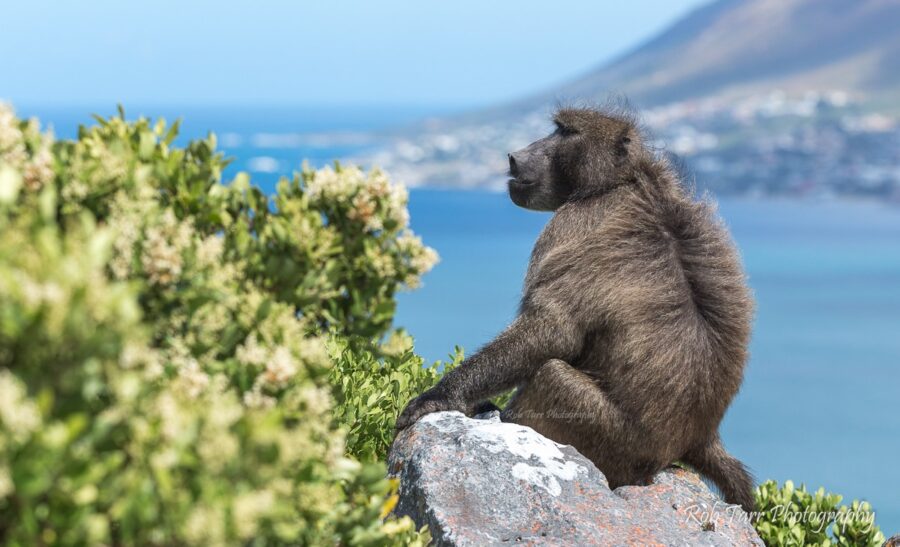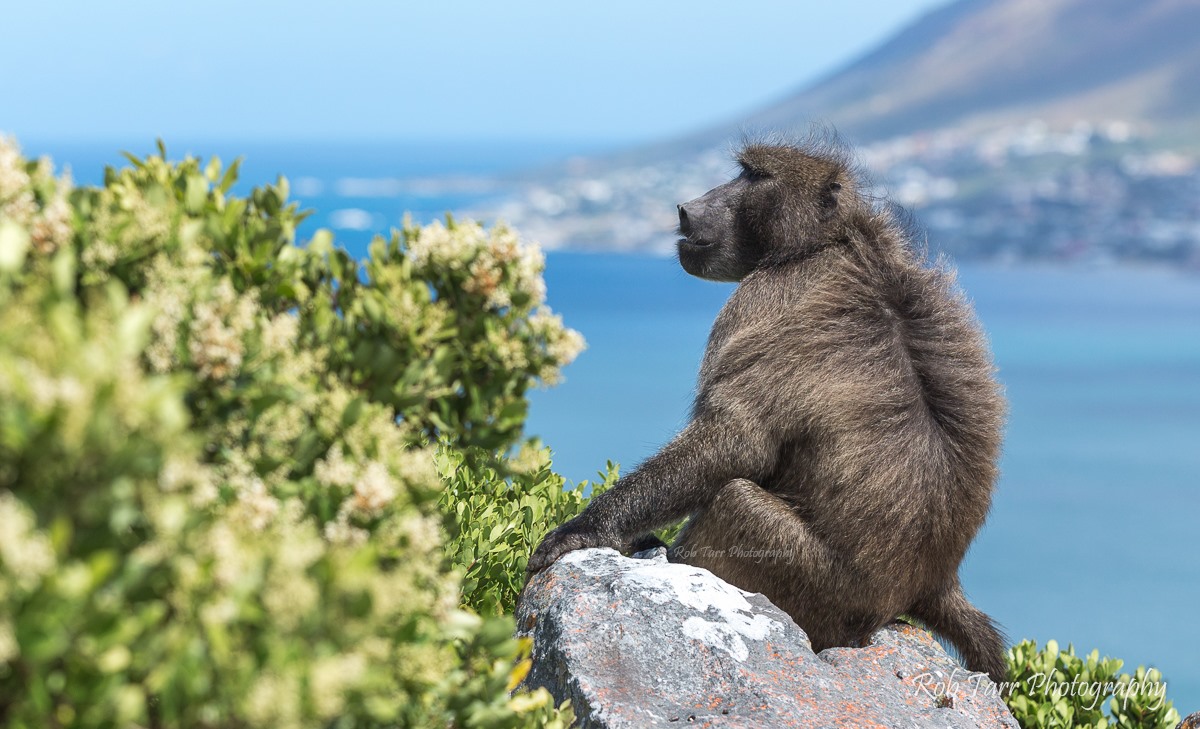
New study on baboon bonds reveals all about life and friendships
Baboon bonds reveals that childhoods can predict a great deal about how adult lives might play out. For instance, research has shown that people whose childhoods involve poverty, abuse and neglect have poorer health and shorter lives than those who have happy, stable childhoods. Is there a way to overcome a bad start? The evidence […]

Baboon bonds reveals that childhoods can predict a great deal about how adult lives might play out. For instance, research has shown that people whose childhoods involve poverty, abuse and neglect have poorer health and shorter lives than those who have happy, stable childhoods.
Is there a way to overcome a bad start? The evidence suggests that strong social ties may be one way to make up for adversity in early life. People (and other animals such as killer whales, hyraxes and baboons) with strong adult friendships are healthier and live longer than those without such bonds.
ALSO READ: Animal sighting: Lions trap a troop of baboons on a tree – WATCH
I am a biologist working on how social environments affect development and lifespan. I recently collaborated with statisticians and other biologists to understand whether harsh conditions in early life led to weak social relationships and poor health, or if close friendships could develop in adulthood despite a tough childhood. We also wondered if having close friends could potentially even make up for a poor early life.
ALSO READ: WATCH | Monkey business: Family walks in on baboons raiding kitchen
BABOON BONDS AND THEIR RELATIONSHIP WITH HUMAN BEINGS
To answer these questions, we studied a population of wild baboons in Kenya. Scientists often use animal models to test hypotheses that are difficult to study in humans. Baboons bonds have shown that these creatures are a useful proxy for humans because they are similar in their life cycle, social relationships, physiology and behaviour. And research has shown that the effects of early adversity and social bonds on lifespan in humans are paralleled in baboons.
ALSO READ: Kruger National Park: Ranger shares video of elephant eating – WATCH
The most important result of our research is that early life adversity and adult social relationships have independent effects on survival. That is, both early life environments and adult social bonds have strong effects, but they don’t depend on each other.
This has been an important question for social scientists because one possibility is that the effects of adult social bonds on survival are solely a result of the fact that early life adversity tends to lead to poor social bonds in adulthood and also to poor survival. In that scenario, the two effects are not independent. Everything is driven by early life adversity.
ALSO READ: Safari guide recovering after crocodile attack in Kruger National Park
But our data show that both effects matter. What’s more, our results suggest that social bonds can make up for some of the negative effects of early adversity for baboons. If that’s true for humans too – we don’t know that yet – interventions early in life and in adulthood could improve human health.
BABOONS BONDS IS AMAZING
Baboons bonds show that these creatures live in social groups with many complex relationships and interactions. They have an accelerated life cycle compared to humans (they mature at around 4.5 years and females live about 18 years). Like humans, they evolved in a savannah environment and are highly adaptable and behaviourally flexible. These traits make them an ideal species for exploring our research questions and linking results to humans.
We study the baboons of the Amboseli ecosystem in Kenya. The lives of these baboons have been documented since 1971 as part of the Amboseli Baboon Research Project. We have complete lifespan data for many individuals and can track families across generations. Direct observation also offers a complete picture of their development and behaviour.
We used data collected by the senior field team of biologists in Amboseli between 1983 and 2019 and examined six sources of early life adversity in the baboons:
- experiencing a drought in the first year of life
- being born into an unusually large social group (“crowding”)
- having a low-ranking mother
- having a socially isolated mother
- having a younger sibling born soon after them
- losing their mother when they are young.
These events are like adverse childhood experiences in humans that are associated with poverty or family trauma. A mother grooms her infant daughter during a nursing bout. The mother is wearing a radio collar, which researchers use to locate the study groups. Susan C. Alberts
WE MEASURED THEIR SOCIAL BONDS AND THEIR SURVIVAL AS ADULTS.
INDEPENDENT EFFECTS
Our results showed that the effects of early life adversity and adult social relationships on survival were largely independent. Early life environments and adult social bonds both had strong effects on survival, but adult social bonds were not as heavily influenced by early life adversity as we thought. And the effect of bonds on survival didn’t depend in any way on whether the baboon experienced early life adversity.
This rules out the possibility that being born into a poor environment destines a baboon to both poor social relationships and poor survival. Our results also suggest that strong social bonds in baboon adulthood can buffer some negative effects of early adversity: friends can make up for a bad start.
For the baboons, this is especially true if a female loses her mother but can maintain strong social ties with other members of the group after she grows up. Because mothers are an important source of resources, learning and social support in baboons, maternal loss is a particularly strong source of adversity. If this result holds for humans, it means that interventions early in life and in adulthood could help improve lifespan.
HUMAN ADVERSITY
Our results raise the possibility that human health and survival could be improved if people with adverse childhood experiences were identified and helped to improve their social relationships in adulthood.
Researchers working with humans are asking similar questions to determine whether early life adversity and social bonds affect survival in the same way as in baboons. Future work should also ask if there are other links between a poor early life environment and survival. For example, genetics, physiology, immune responses, and other behaviours likely play a role.
Our study also shows that some of our most important human traits – including the importance of social relationships for survival – evolved long ago. Looking at animals can help us learn about ourselves.
Shuxi Zeng, Fernando Campos, Fan Li, Jenny Tung, Beth Archie and Susan Alberts co-authored the research and collaborated on the project on which this article is based.
Article by Elizabeth Lange Assistant Professor, State University of New York Oswego.
This article is republished from The Conversation under a Creative Common licence. Read the original article.
